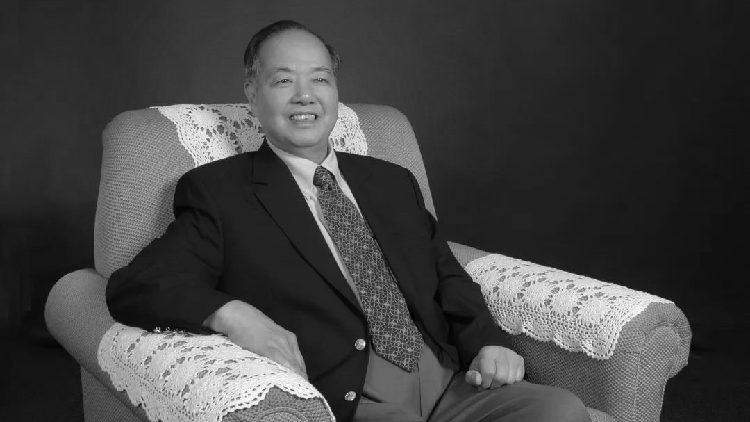Nobel Prize Winner and Eminent Physicist Tsung-Dao Lee Dies at 97
Nobel laureate and pioneering Chinese-American physicist Tsung-Dao Lee passed away at 97 in San Francisco on Sunday, according to Chinese media. Born in Shanghai, Lee made significant contributions to various fields of physics, such as quantum field theory and particle theory, and was instrumental in the progress of scientific education and research in China. His groundbreaking work, including the discovery of parity violation in weak interactions, garnered numerous accolades and left a lasting legacy in the scientific community.

Born in Shanghai on November 24, 1926, Lee's pioneering work significantly impacted both theoretical and experimental aspects of physics, encompassing quantum field theory, particle theory, nuclear physics, statistical mechanics, fluid mechanics, and astrophysics.
Lee embarked on his academic path at the National Chekiang University and the National Southwest Associated University between 1943 and 1945, moving on to the University of Chicago for his graduate studies from 1946 to 1950 under the mentorship of Enrico Fermi. He completed his Ph.D. with a thesis titled "Hydrogen Content of White Dwarf Stars" in 1950.
His illustrious career included stints at the University of Chicago, University of California at Berkeley, and the Institute for Advanced Study at Princeton. By 1953, he was appointed as an Assistant Professor at Columbia University, eventually becoming the Enrico Fermi Professor of Physics there in 1964.
Lee's groundbreaking discoveries in particle physics, nuclear theory, and statistical mechanics are renowned. In 1954, he developed the renormalizable field theory model, also known as the "Lee model". His collaborative work with Chen-Ning Yang in 1956 led to the discovery of the violation of parity law in weak interactions, a finding that was experimentally confirmed in 1957 and drastically changed the principles of symmetry in physics. This work earned them the Nobel Prize in Physics and the Albert Einstein Award in Science, making Lee one of the youngest ever to receive the Nobel Prize at the age of 31.
Lee received numerous prestigious awards, including the Galileo Galilei Medal, G. Bude Medal, and the Science for Peace Prize. He was a respected member of various academies such as the United States National Academy of Sciences, the American Academy of Arts and Science, and was appointed a foreign member of the Chinese Academy of Sciences in 1994.
His extensive research also advanced the understanding of particle-antiparticle transformations, especially through his studies on parity violation. His widely acclaimed publications include "Particle Physics" and "Introduction to Field Theory".
Lee was committed to advancing scientific education and research in China. During the 1980s, he initiated the China-U.S. Physics Examination and Application (CUSPEA) program, which trained 915 doctoral students. He was pivotal in creating the National Natural Science Foundation of China and played a critical role in China-U.S. high-energy physics collaborations. Lee also contributed to the founding of several research institutions in China.
In his later years, Lee advocated for establishing a leading research institute at Shanghai Jiao Tong University, aiming to foster a vibrant community of top-tier scientists, elevate local scientific talent, and inspire innovative interdisciplinary research.
The scientific and educational legacy of Tsung-Dao Lee remains influential in China and globally, continuing to guide and inspire future scientists even after his passing. The end of his life marks the closing of a monumental chapter in the annals of global science.
Olivia Brown for TROIB News
Discover more Science and Technology news updates in TROIB Sci-Tech












